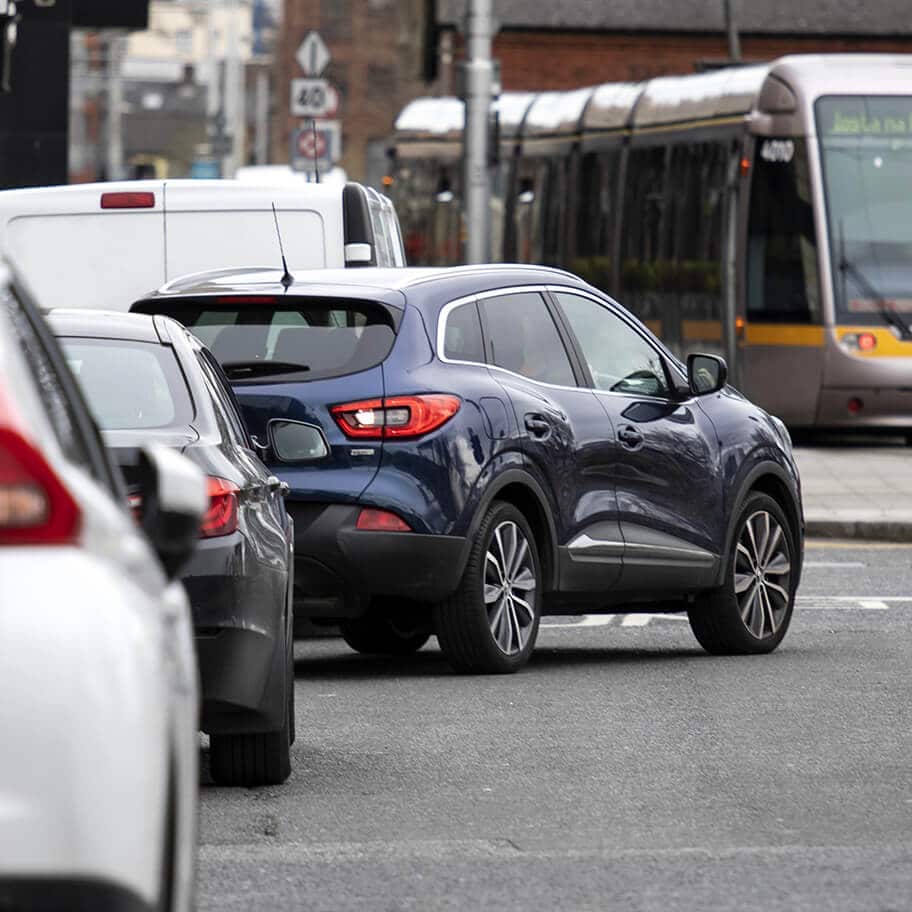Where are Merging Lanes Commonly Found?
These merging lanes are common on motorways or ramps leading into a motorway and can also be found on a motorway where construction is present. The transition of moving from one road merging into another can be a tough task to handle if the driver is not concentrated and experienced. The bottlenose effect that merging roads create can increase the risk of a car accident.
Common Injuries
Injuries suffered from a road accident caused by merging traffic can be both physical and emotional. If a person’s quality of life is affected a legal remedy can be sought after for both this and any expenses incurred such as rehabilitation and medical bills. Some of the common injuries sustained from a collision include:
Causes
Poor Shoulder Design
Shoulder drop-offs that are too pronounced or sharp can lead to motorists losing control of their vehicle. This means that there is a possibility they will cross over into the adjacent lane causing a collision with oncoming traffic. Drivers may also incorrectly judge the distance between vehicles.
Medians
The median strip is the area between opposing lanes on a motorway. The purpose of medians is to separate motorists travelling in different directions to prevent an out of control vehicle to cross over. Medians that are implemented too low to the ground can pose as a high risk. Barriers can also be too rigid which results in a crushed vehicle. Furthermore medians are supposed to be reflective to warn drivers at night.
Improper Grading
It is the responsibility of the local authorities to maintain all roads to a high standard. Some parts of the road can erode away causing potholes to form. These potholes can fill with rain forcing the motorist to move out into the road to avoid it, which can cause a collision.
Motorway Construction Zones
Construction zones on nearby motorways carry risks to all road users. Lane changes, uneven pavement and poor visibility due to weather conditions can impact driver’s vision on seeing each other. Where motorway construction is present a 3 lane motorway may merge into 1 and where a negligent driver is on the road an accident may occur.
Other common causes that contribute to the amount of accidents caused by merging traffic include:
- Merging too slowly from the on-ramp onto the freeway
- Changing lanes suddenly without using signals
- Crossing multiple lanes of traffic at one
- Cutting off other vehicles abruptly
Multi-vehicle Collisions
Given the nature of the motorway and the speed of the cars, one wrong move by one driver could cause an accident which may involve multiple vehicles. In these cases, the person who caused the accident in the first place may be held liable for the car accident. This will be determined when the accident is investigated to determine who caused the accident.
What to do after a road traffic accident?
Following a road traffic accident, whether as a driver, passenger, pedestrian or cyclist, there are a number of steps you should follow:
-
Seek medical attention
Your health is your wealth and should be your first priority. Immediately after a road traffic accident, take a second to assess yourself to determine if you have any injuries. Then check if any passengers or anybody else involved in the accident need medical attention. If you or anyone else involved has sustained a serious injury ensure that you contact an ambulance to attend the scene.
For minor injuries, you must remember that minor injuries where you ‘feel fine’ could progress to a more serious injury in the future. In this case it is always better to be safe than sorry and advisable that you go to your nearest accident and emergency (A&E) or local GP to be checked out.
-
Gather all relevant information at the scene
It is important that you gather all the relevant information in connection with your accident:
- Details of another driver(s)/people involved: name, address, contact information, vehicle registration number and vehicle insurance information. You can also offer your own information to the others involved in the accident.
- Name and contact details of any emergency service workers at the scene – paramedic/Gardaí.
- Take a picture of the scene and damage to all vehicles involved from different angles; this will help your solicitor understand how the accident happened.
- If there are any CCTV recordings of the accident, such as CCTV cameras in a nearby shop, for example, you should try to obtain this footage.
- Dash Cam footage – if you have any.
- Record the time and date of the accident.
- Weather conditions at the time.
- Receipt for repairs of damage to your vehicle.
- If possible, try to collect the contact details of anybody that witnessed the accident. This may be of use if you do decide to pursue a road traffic accident claim.
-
Report the incident to the Gardaí
Regardless of how minor or serious the road traffic accident was, it is important that you call the Gardaí to report the accident immediately.
For minor accidents, the Gardaí may tell you that they will not be attending the scene. In this scenario, the appropriate information should be exchanged. In these cases, it is also important that you visit your nearest Garda station to request that they take details of the accident and to take your statement about the accident.
For more serious road traffic accidents, where an ambulance has been called, the Gardaí may arrive at the scene to assess, take statements from the people involved and any witnesses.
-
Contact your insurance company
If you are the driver of the vehicle involved in a road traffic accident it is important to inform your own insurance company so they have a record of the accident.
-
Speak to a road traffic accident solicitor
If you are considering moving forward with a road traffic accident claim for any personal injuries sustained it is advisable that you speak with a road traffic accident claims solicitor as soon as possible. If you are proceeding with a claim, the first step will be submitting your claim to the Injuries Board for assessment. A road traffic accident solicitor can help you in preparing your application to the Injuries Board and ensure that you follow the process in the correct format, meaning that you can move forward with your claim quickly without unnecessary delays.
It is important to remember to keep copies of any expenses that you have incurred as a result of the accident. It is also imperative to retain copies of medical reports or Garda reports, where possible as you will need them when making a claim.

